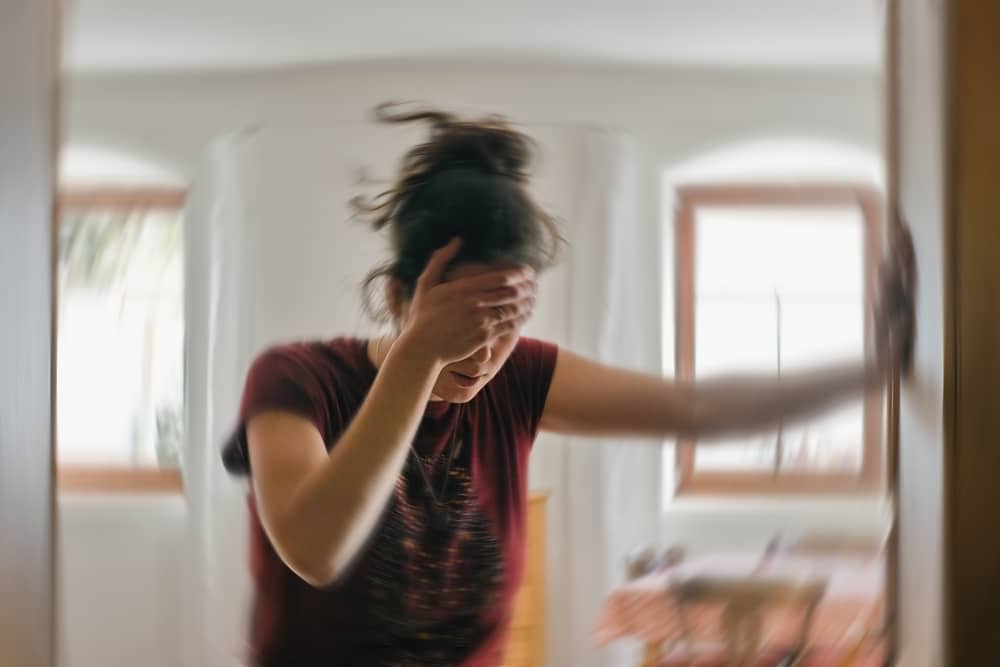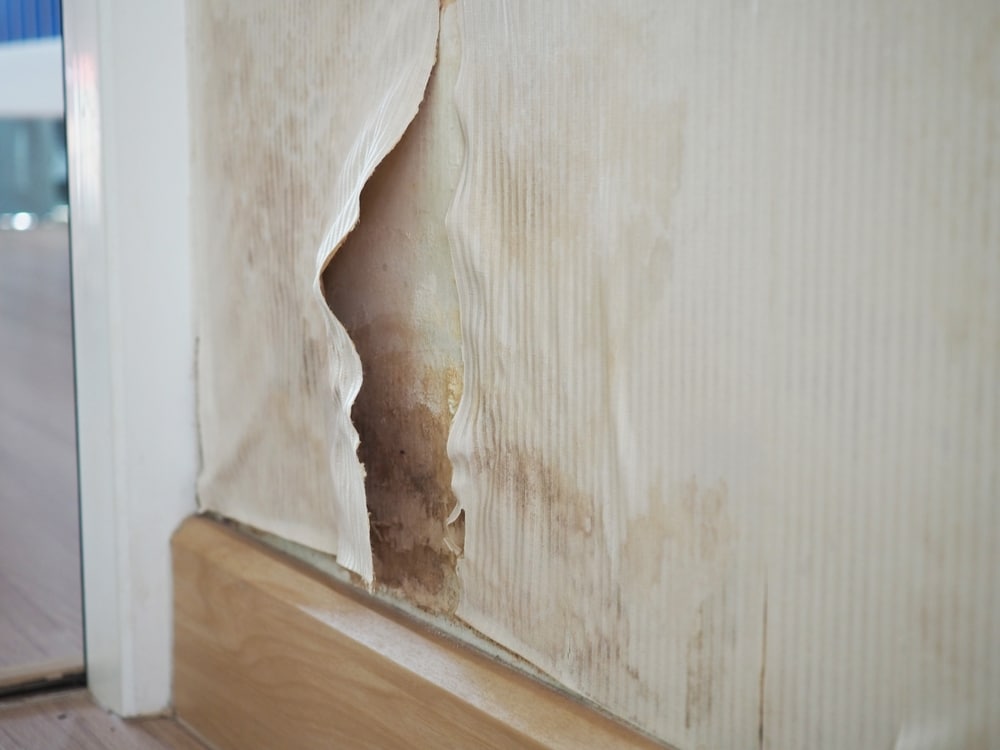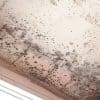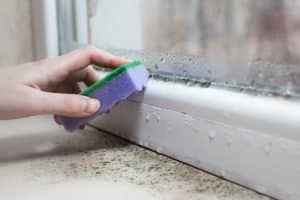How Long Does Mould Sickness Last?
Mould, aside from being a smelly eyesore, is also harmful to the health of anyone within its vicinity, this is why it is so important to treat mould as soon as you find it.
In this blog, we will be answering the question ‘How long does mould sickness last?’’
To prevent mould, fresh air should constantly be introduced into your dwelling daily, as it helps to regulate temperature and reduce condensation. Introducing fresh air can be as simple as having a ventilation routine, or installing extractors or PIV systems. Almost all of this is facilitated by ducting.
I-Sells is here to provide the answers you need whilst also supplying you with all the information you need to combat mould and have a well-ventilated home.
Mould and its effects
Mould, otherwise known as damp, is a fungus that grows on wet surfaces. Mould comes in a variety of colours: Black, Green, Brown, Grey and White. It can be difficult to identify mould by colour as it can occur in many shades. Some of the most common mould strains in the home are:
- Black Mould – Also called Stachybotrys chartarum, Black mould is commonly found in bathrooms and wet rooms but can also occur on cold exterior walls in habitable rooms such as the bedroom or living room.
- Cladosporium – Commonly found in bathrooms, under sinks, and around faucets but it can grow on surfaces like carpets, furniture, walls, and floors.
Mould reproduces from tiny spores. The spores float through the air and deposit on the surfaces. Under adequate temperature, moisture, and nutrient conditions, the spores can form new mould colonies.
If you have found mould in your home, you need to assess if this is your landlord’s responsibility (for example it could be from a leaking roof that needs repairing). Or if the dampness is caused by improper ventilation. To assess your options, click here.
The best way to avoid mould sickness

Mould doesn’t affect people instantly, but the longer you spend around it, the worse it can make you feel, especially if you have an allergy to it.
The spores of mould can easily spread through the air, and get trapped on surfaces of your furniture, and even your clothes. We personally advise not to be in a room with mould.
We understand that in some instances, this can not be helped and you have to use the room in question, so what are your options? There are a few that we will list for you.
- Use a mould surface cleaner, or other mould treatment products if the mould returns after using this, there may be a leak in the area or inadequate insulation.
- Contact local mould removers, they will not only assess the cause but treat it too, however, this may cost more.
- Contact your landlord for them to make the enquires etc. If the landlord has highlighted issues like these as their responsibility in your tenancy agreement then you can legally ask them to take care of it. However, some landlords may take too long in doing this, so be careful with this, as it is not something you should leave.
- Enquire about the ventilation, how old is it? Is it working efficiently? Ventilation helps to remove humidity in a room, if left unchecked humidity creates condensation which is the perfect breeding ground for mould.
How long does mould sickness last?

Mould can severely affect your immune and respiratory system, as the spores are easily breathable and not obvious to see through the human eye. Having a mould allergy will result in you displaying the following symptoms when exposed to mould.
Mould sickness, which those in the medical field refer to as a mould allergy can manifest itself in many ways, it is completely subjective to the person themselves. Symptoms can include:
- A regular cough
- Frequently falling ill (weakened immune system)
- Red or dry itchy skin
- Watery eyes
- Nasal congestion
Everyone’s symptoms may vary, but if you’re in an environment with mould and experience these symptoms, try your best to remove the mould as soon as possible.
Of course, for someone who is already dealing with health problems, having a mould allergy and then suffering from a weakend immune system as a result of that allergy, can seriously harm your health, which is why you should make every effort to remove, or remove yourself from mould.
So how long does mould sickness actually last? It’s dependent on the mould itself, it will not go if the mould is still there, and if you do remove it, or go to somewhere with no mould, the time it takes for symptoms to ease, or go is entirely based on how long you were around it.
Can mould sickness be fatal?
Mould has the potential to be fatal especially if you develop an allergy towards it. Over time, mould affects your immune system. Often, people don’t correlate the higher frequency of illness with the mould in their house, but this can be a reality.
What makes mould dangerous?
Certain moulds develop and distribute toxins known as mycotoxins (among others) there not a lot of reports of people being ill directly because of mould. Regardless it should be removed.
Even if you don’t assess mould to be a danger to health, not removing it will result in your house smelling musty, as well as looking terrible.
How is mould sickness cured?
Mould sickness can only be ‘cured’ by removing the mould itself or going to a mould free environment. In terms of easing the symptoms, there are various medications that can help treat the symptoms depending on what they may be, there is no specific medicine for mould sickness.
How can I prevent mould?
If your home has no mould, and you want to prevent it from coming to your home, the best thing to do is maintain a ventilation routine. As well as making sure you have efficient extractor fans and regularly open the window when having a hot shower/bath or cooking.
A ventilation routine is a simple process, in a home with no upper level, you just need to open windows from each side of the house, this creates a stream of air that travels through your home.
The same process can be applied with houses that have more than one level, you just need to open the stairs on the higher levels, this is important in multi-storey houses especially as heat travels upwards, and regulating temperature is paramount in preventing mould from appearing.
Can I treat mould without products?
Distilled white vinegar has acidic properties which is known to treat mould, but please be aware this won’t work in situations in which mould has deeply penetrated areas in the home.
Simply spray the distilled white vinegar and leave for an hour (or longer) and wipe down after, it should help to remove any mould that isn’t embedded
Treat mould today

We at I-Sells endeavour to make sure our customers have all the information they need before choosing to invest in our mould solutions. Be sure to visit our blog page to gain knowledge on the wide array of factors and issues surrounding ventilation, mould, condensation, and much more.
We hope to have answered the question ‘How long does mould sickness last?’’
We understand you may have more questions, Do not hesitate to contact us for more information with regard to whatever you need our help with. If you’d like to send us an email, click here. For other contact options, see below:
Call us on 020 8463 9696
Visit us at our showroom:
*OPENING TIMES*
Monday – Friday: 8:00 am to 5:30 pm
Saturday: 9:00 am to 12:00 pm
Sunday: Closed
15 St John’s Parade
Sidcup, Kent
DA14 6ES
United Kingdom





























Add comment
You must be logged in to post a comment.